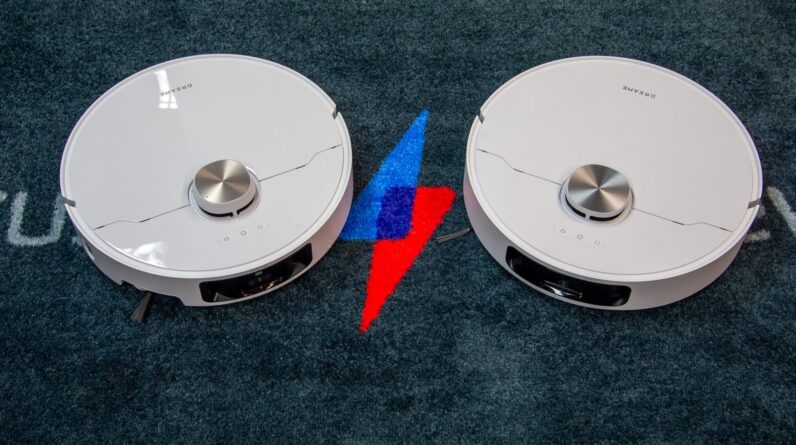
It’s been more than a year since Intel first introduced Thunderbolt 5, the newest generation of the Thunderbolt connectivity standard.
More recently, Apple has announced its M4 Pro and M4 Max chipsets, bringing Thunderbolt 5 to the Mac Mini and MacBook Pro for the first time.
Keep reading to discover everything you need to know about Thunderbolt 5.
What is Thunderbolt 5?
Thunderbolt 5 is the latest version of Intel and Apple’s Thunderbolt connectivity standard. It was announced in September 2023, with the first devices arriving in early 2024.
The update is designed to deliver improvements in Thunderbolt’s display, data transfer and charging capabilities.


Thunderbolt 5 can deliver 80 Gbps of bi-directional bandwidth, or up to 120 Gbps with Bandwidth Boost. This is triple the amount of bandwidth of the best alternative connectivity solution, ideal for connecting high-resolution displays and reducing latency when working with large video and data files.
Compared to Thunderbolt 4, Thunderbolt 5 also doubles the PCI Express data throughput, enabling faster storage and external graphics, and offers double the bandwidth of Thunderbolt Networking for high-speed PC-to-PC connections.
This update also takes advantage of a new signalling technology called PAM-3, which allows these performance increases to work on today’s printed circuit boards, connectors and passive cables.
Thunderbolt 5 is built on USB4 V2, making it compatible with older versions of USB and Thunderbolt. It also supports up to 240W charging up from the 100W available on Thunderbolt 4, though this last detail isn’t a mandatory spec for all Thunderbolt 5 devices.
You can see more differences between Thunderbolt 4 and Thunderbolt 5 in the graphic shared by Intel below:


Where can you find Thunderbolt 5?
Thunderbolt 4 was almost exclusively found on Intel and Apple devices and we’d expect the same for Thunderbolt 5. However, that isn’t to say that AMD and Qualcomm couldn’t invest in the technology in the future.
Thunderbolt 5 is also designed for premium devices, so we expect Thunderbolt 4 to stick around on more mainstream devices for the next few years at least.






